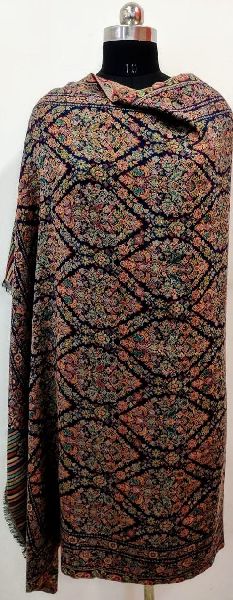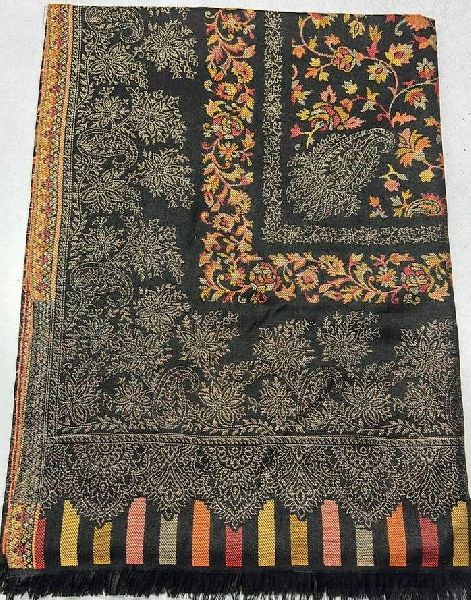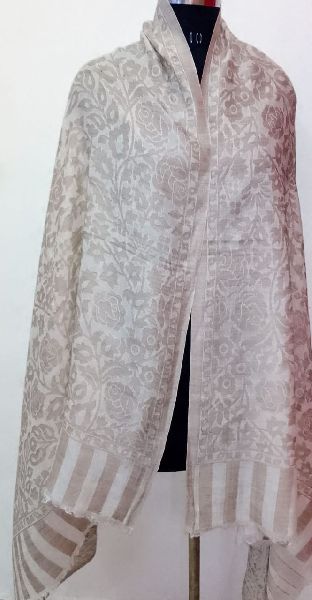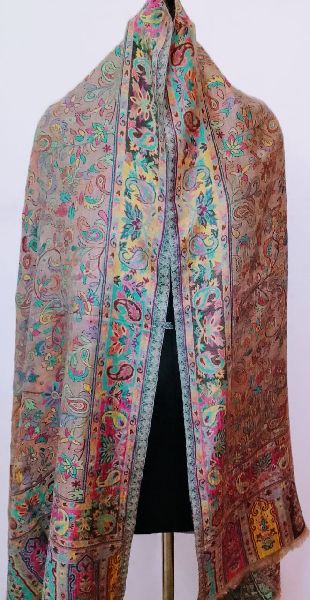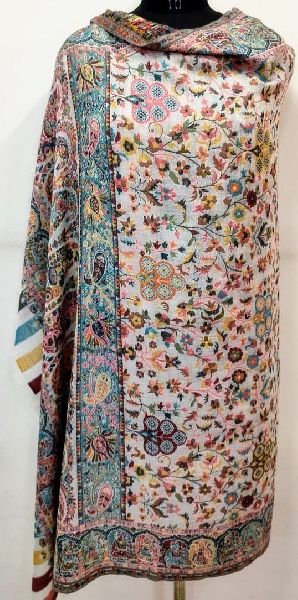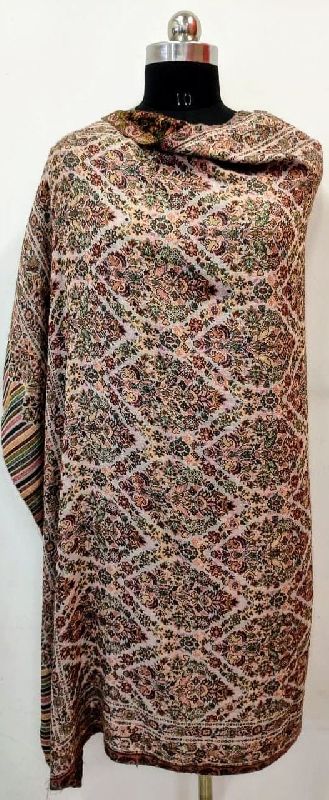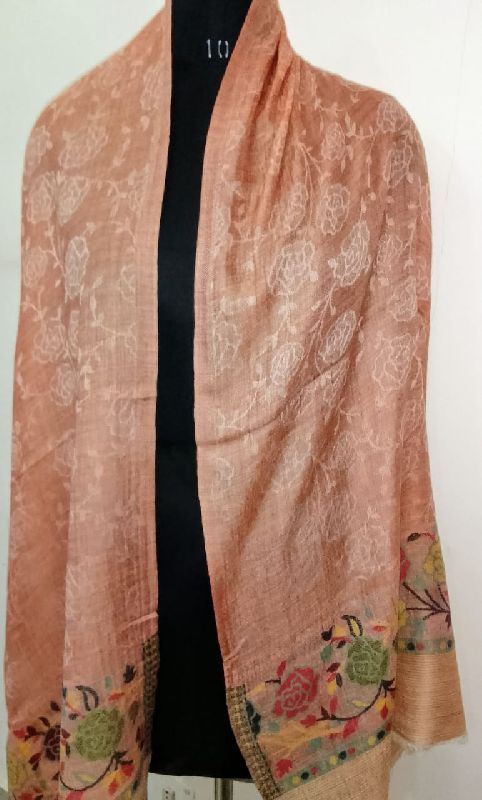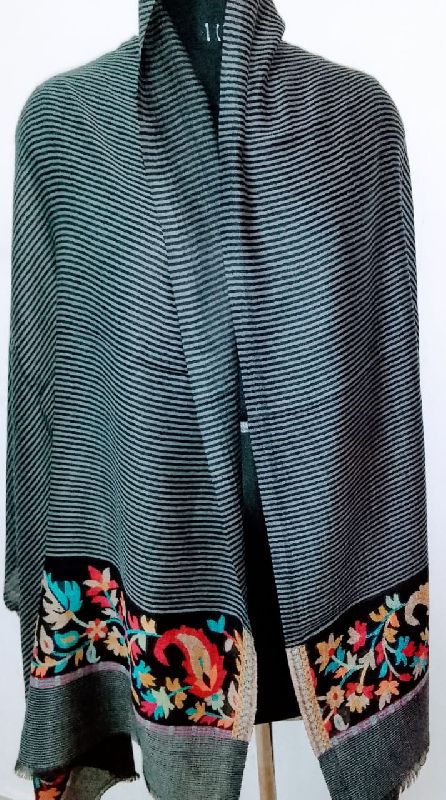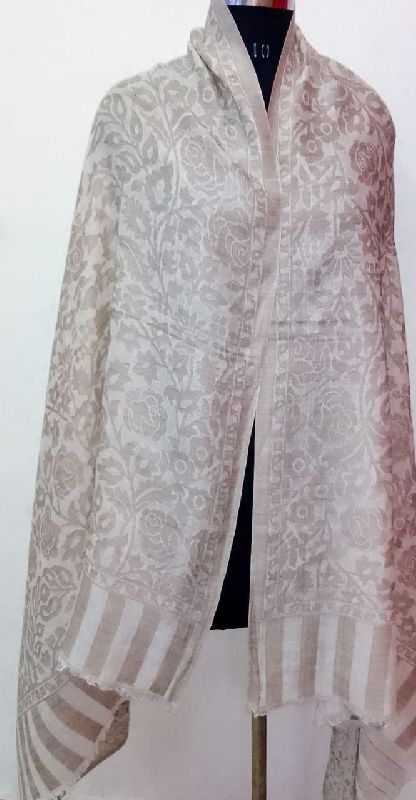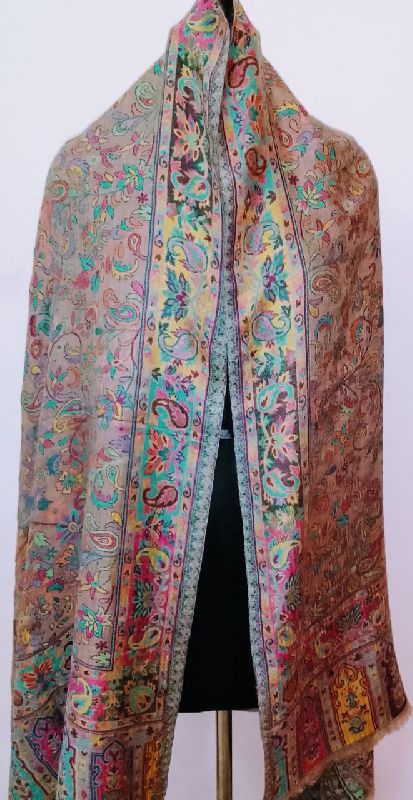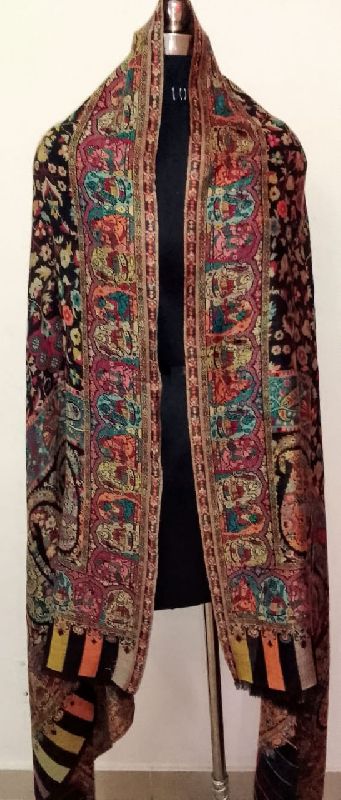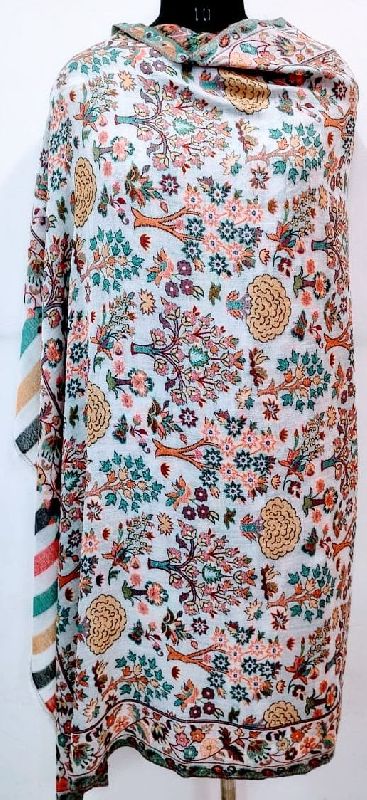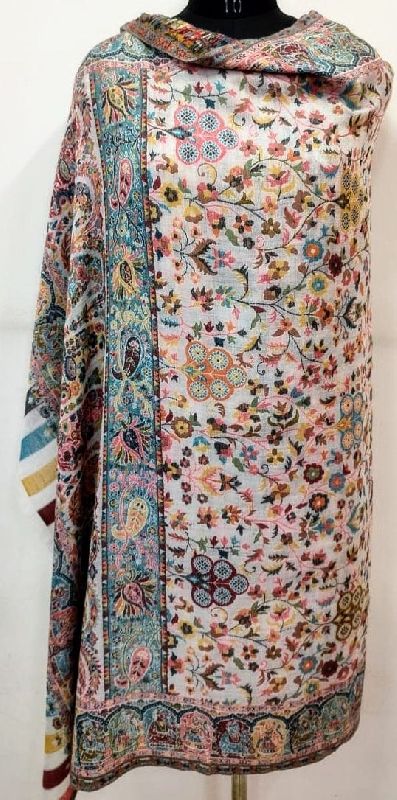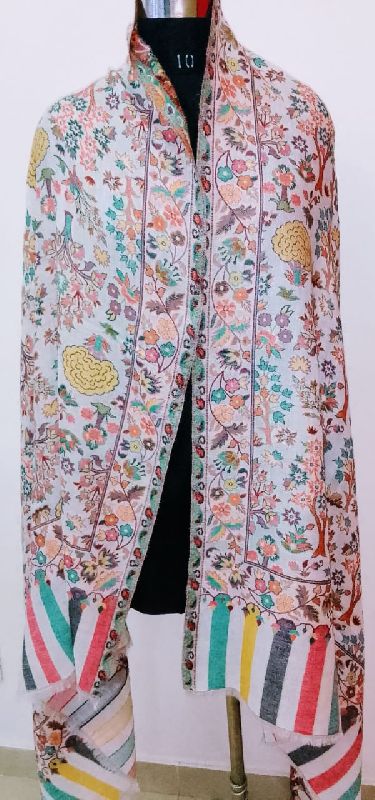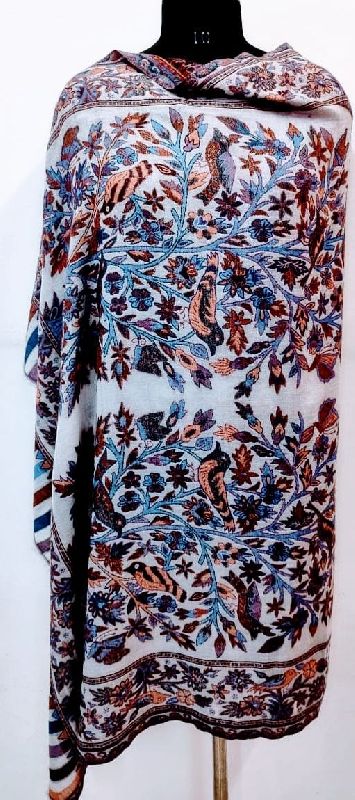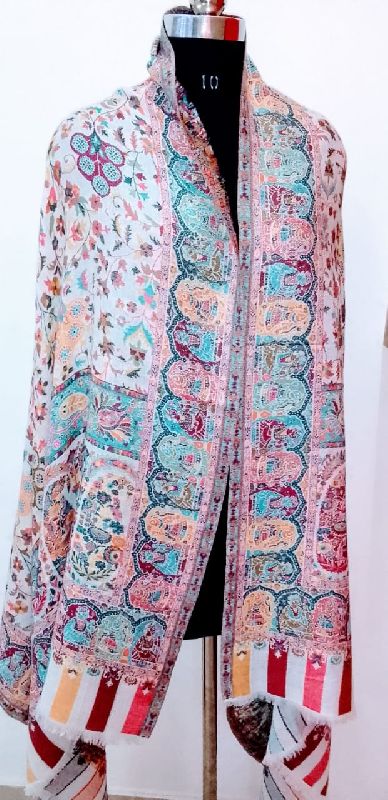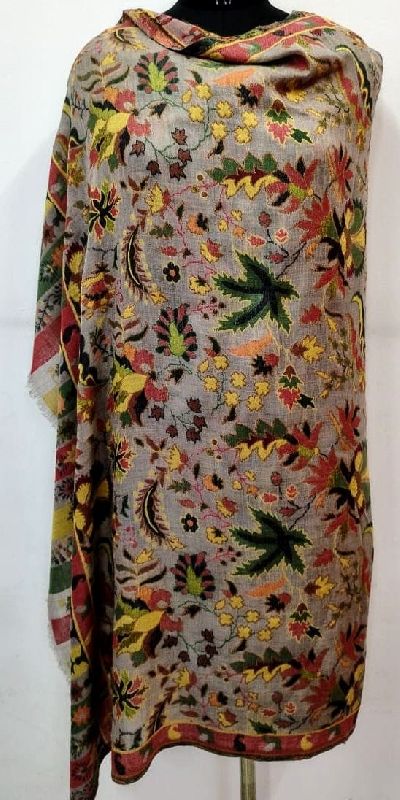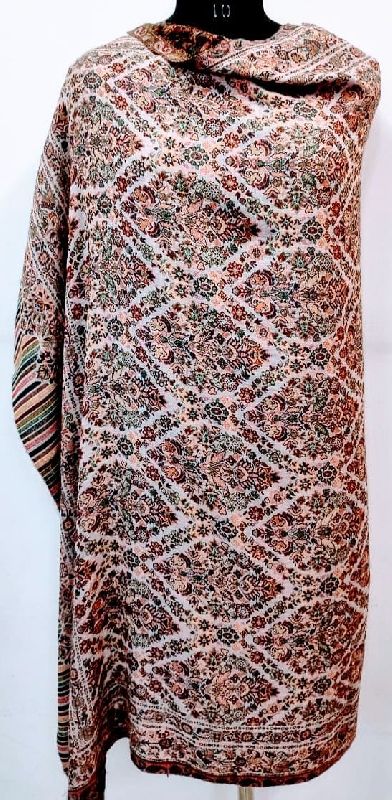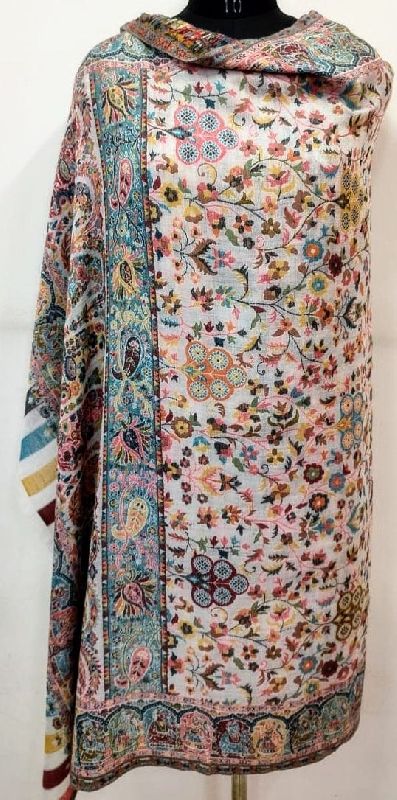Company Information
Ask for more detail from the seller
Contact SupplierPashmina in Europe
By the 18th century, Pashmina sales had spread over the European markets and ruled the fashion industry in the West. But Pashmina shawl sales took a new turn when Empress Josephine wore them. She set them to a timeless fashion for all the times to come. Her husband, Napoleon purchased her a Kani shawl during his Egypt campaign and presented it as a gift to her. She loved the quality and look of the shawl so much that later she is believed to own a few hundred shawls. centuries-old reputation of being simply the best, and considered so all over the world, is what makes the Kashmiri Pashmina Shawl an enshrined treasure. From the local Mughal rulers to Emperors and Empresses in the far West, Kashmiri Pashmina shawls were considered a status symbol. And everyone wanted at least one for a lavish fashion statement. Even women with no knowledge of its acquisition and making wanted shawls that would be the best of all.
Handcrafting Pashmina shawls is a task. Fleece from the Changthangi goat is acquired manually by middlemen, who sell it to the Kashmiri artisans. The artisans start processing the same and begin cleaning it. Cleaning requires immense patience just like all the other processes. The fibre is cleaned manually by womenfolk of the valley who then take the clean wool lumps for spinning. Spinning is done over a wooden spinning wheel. With the help of perfect harmony between the wheel and the hand, the wool lumps are converted to fine yarn. Next, the yarn is handwoven over traditional handloom. As a result, Pashmina shawls come into existence after 5-6 days existence.
Pashmina and Mughals
By the 16th century, the Mughal empire had spread across India. It was them who were the patrons of Pashmina art. King Babar is said to have started giving Pashmina as political gifts (called Khilat) to allies, governors, and his officials. This was done to acknowledge their works and contributions. Pashmina shawls were an obsession for the Mughal kings, as these were considered a symbol of prestige for them. It was just because of the reverence and admiration of the Mughals that Pashmina reached its zenith. This was the most glorious period when it came to Pashmina sales and production. The slow and labour-rich art of Pashmina took years of hard work and skillful efforts to bring luxury shawls to customer markets. It is believed that this industry employed around 4000 people of Kashmir back in the era.
Copies of the original Pashmina
Popularity of Pashmina spread all over Europe. Owing to this, there were replicas of the shawls produced in Europe as well as India. A large number of traders produced wraps that looked exactly like Pashmina shawls and even sold thousands of them. European traders took Cashmere wool from Kashmir and attempted several versions of the Pashmina shawl at their own hometowns. But no one could craft a shawl as luxurious, fine, and beautiful as the original Pashmina. The finesse of Ladakhi Cashmere and the flawless skill of Kashmiri artisans was an unbeaten combination. Hence Kashmir ruled and still rules the world when it comes to the best quality Pashmina shawls.
There is a poetic tell tale about the nexus of shawl craftsmanship in in Punjab and Kashmir. The Shawl Industry in Amritsar dates back more than 200 years, to the reign of Maharaja Ranjit Singh.
It wove itself, quite literally, into the fabric of that time - shawls, to be exact. Historians of the Kashmiri Shawl have found depictions of Maharaja Ranjit Singh's funeral bier on antique shawls dating to the mid-19th century.
The art of the Kashmir shawl, which reached new heights under the patronage of Ranjit Singh, of punjab always involved more than just fancy cloth.
Maharaja Ranjit Singh's penchant for art and architecture took hold in the textiles. The outlined domes of gurdwaras slowly became an established design element in these shawls. Some even resembled the Akal Takht building in Amritsar. Instead of spaced-out garden designs along the border, the shawls from the Sikh period had multi-colored, layered patterns, filling the shawl to the center. And the Sikhs' martial culture, the force behind Ranjit Singh's empire, was also reflected in everyday wear. Kirpans and shields are clearly visible in some antique shawls. So are the crescents and stars inspired by Akali turban ornaments (known as quoits).During maharaja’s rule the whole of Kashmir and undivided Punjab was under one single reign. This gave an opportunity for the traditional craftsmen of Kashmir to become patron artists of the royal courts in Maharaja.

